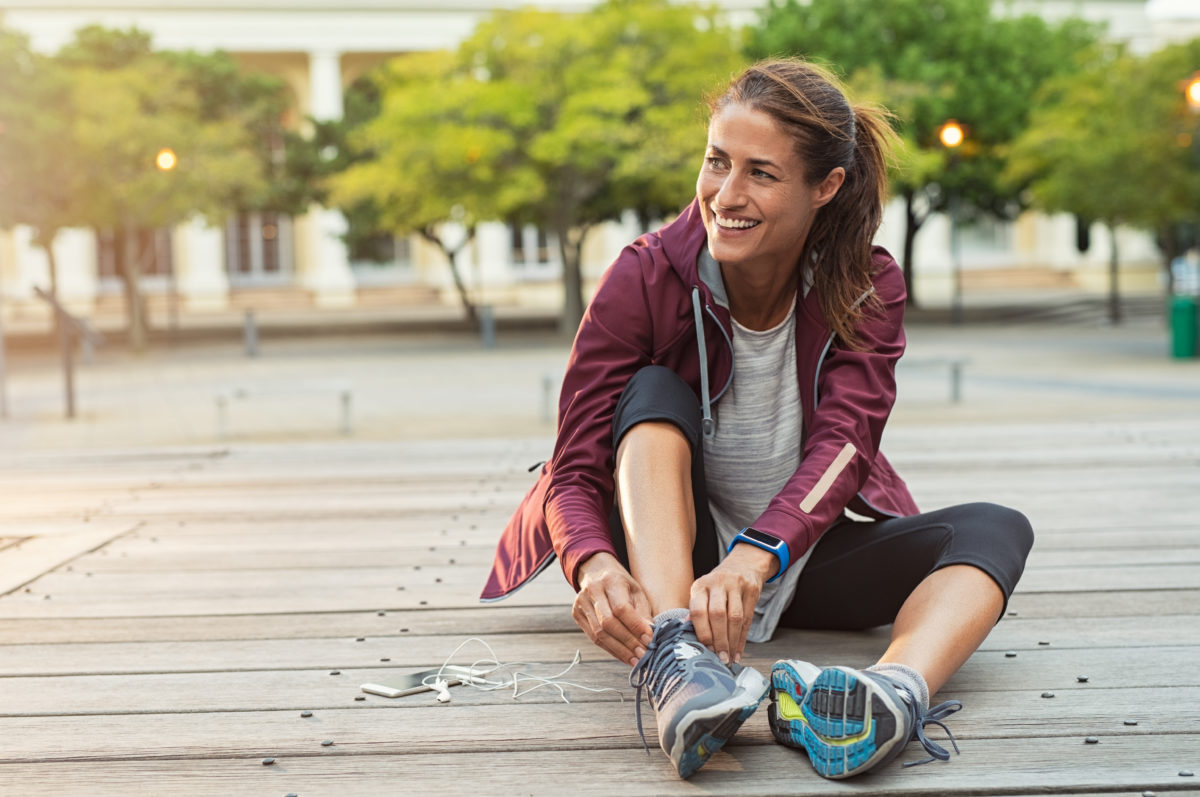
Spring is an exciting time for athletes and those who exercise because of opportunities to work out and play sports outdoors. We can all agree that running outdoors on a sunny day is much more relaxing and enjoyable than indoors on a treadmill. When you are preparing for your spring sports and exercise, it is best to refresh your memory about outdoor workout safety.
Importance of Warming Up and Cooling Down
- When starting a workout, take 5 to 10 minutes to warm up your body before the workout. Your blood flow will increase to your muscles therefore, loosening them up.
- When your muscles are more flexible, you will reduce the risk of stiffness that could lead to an injury.
- Focus warm-up on stretching and mild aerobics to get your blood pumping.
- Following the workout, it is equally important to take 5 to 10 minutes to
cool down, this will help slow your heart rate to its normal resting rate.
- For your cool down, you can walk or swim in a pool. Be sure to complete a few stretches as well.
Proper Hydration
- Hydration is important. If you exercise or play sports, you need to make sure you are properly hydrating.
- If not properly hydrated, your muscles will not be at their best and you may experience cramping and other negative side effects.
- Water helps the body heal quicker and perform at an optimal level.
- One of the key things to remember is proper hydration needs to happen throughout the day.
- Make sure to drink at least 64 ounces of water per day. Consider drinking more if the heat/humidity is higher or if you are at a higher elevation.
- Prior to your workout, make sure to drink at least a glass of water, and continue to drink water throughout.
- Depending on how much you sweat when active, you will need to bump up your hydration to make up for lost water.
- Following your workout, drink eight ounces.
Avoid Heat Exhaustion
In our geographical location, the body can overheat quicker and one can experience heat exhaustion. This occurs when a person overexerts themselves and is not properly hydrated. The body then hits a point where it is unable to cool itself down. In some cases, outdoor temperature can play a role but is not always the case. If you notice the following symptoms, you may be suffering from heat exhaustion:
- Dizziness and fatigue
- Headaches
- Paleness and clamminess
- Nausea or vomiting
- Muscle cramps
- Fever
If you experience any of the above after outside activity, make sure to get to a cool area as soon as possible. Lay down, hydrate, and find ways to cool down as your body is struggling to do it on its own. Make sure you have someone assisting you and close by in case your condition worsens. If you find your symptoms are getting worse, go to a doctor or emergency room immediately.
Exercise Safety
In addition to proper hydration, warming up, and cooling down, there are additional ways to ensure you are safe when exercising.
- Understand the difference between pushing through and actual pain.
- If you are working out and something is painful or does not feel right, stop. It could be an injury that you can worsen at a rapid rate.
- If you are experiencing actual pain, stop, rest and if the pain does not resolve in 48-72 hours, consider going to your local physical therapist. They can help you with proper form/technique and pain control.
- Build up your work intensity to allow your body properly adjusts. When the body is stiff, it is more likely for muscles to be pulled or areas to become inflamed.
- Proper gear and clothing are key. Make sure you are dressing properly for the outdoor elements to keep your temperature from being too hot or too cold. If you have special shoes, gloves, and other equipment, make sure it is tailored to you. When you have ill-fitted clothes or shoes, you increase your risk of injury.
- When participating in sports or working out in the outdoors, make sure you always have a form of ID with you.
- Always follow your state laws in regard to running and biking on a road.
Tips for Athletes
In addition to properly exercising, there are additional things athletes can do for a successful workout. These include:
- Provide at least one day for rest
- Work out regularly so your body adjusts and is not more susceptible to injury
- Properly fuel yourself before a workout by eating a snack that will fuel your workout and give you the energy to push through
- Know what your caloric intake should be, which is different for everyone. It is determined by your height, weight, and goals. Get started and calculate your body mass index.
- Make sure you eat enough protein which will help you recover more quickly after a workout
- In addition to proper hydration, you can drink other types of beverages that will restore electrolytes
- Find exercises and sports you love, this will keep you motivated to keep up your workout routines
